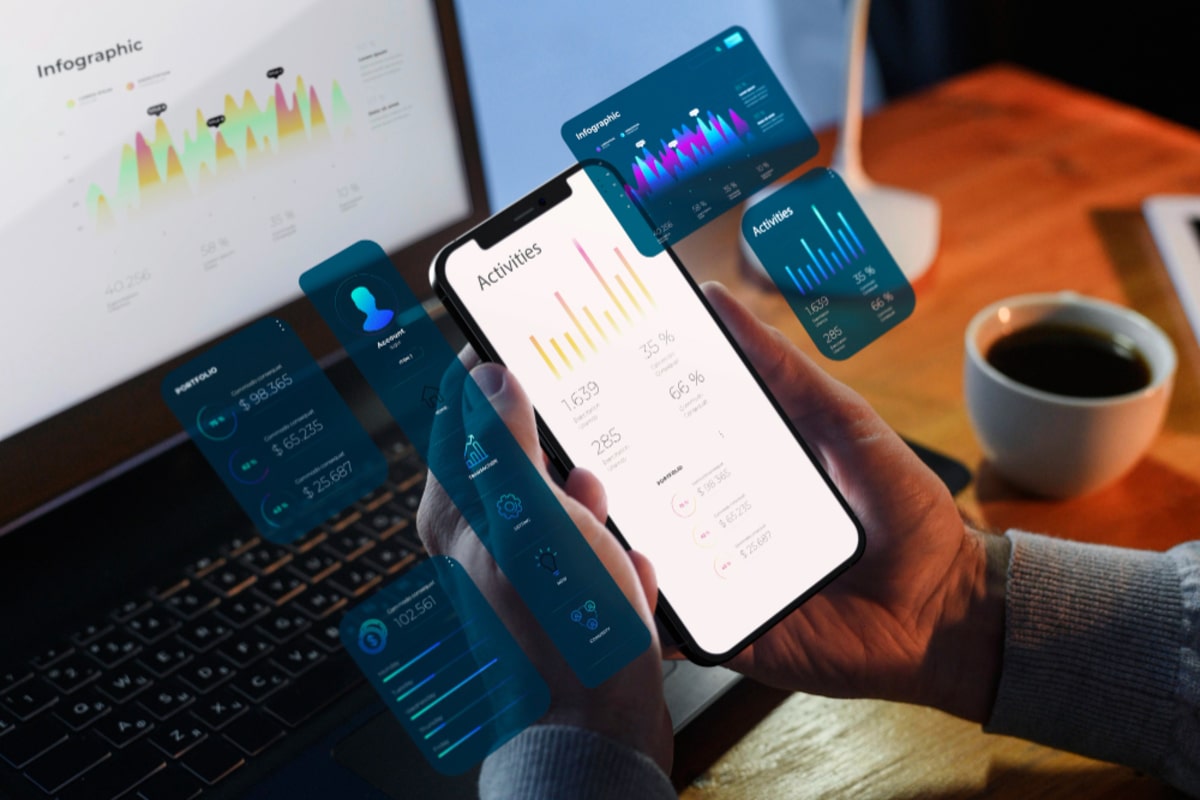Build your own app from scratch may seem like a daunting task, but if you follow a structured process, it’s an achievable goal. As you embark on your journey to build your application, these important steps will guide you to success and ensure your project meets the professional standards of software development.
Build Your Own App: A Comprehensive Guide to Success
1. Ideation and Market Research
The first step to build your own app is to come up with unique and innovative ideas. Conduct market research to identify current trends, user needs, and potential competitors. This will help you determine the viability of your idea and make any necessary adjustments.
- Know the market importance of your app
- Analyze your target audience and competitors
- Control your app idea through a survey or minimum viable product (MVP).
2. App’s Functionality and Features
Once you have approved your app idea, it is time to focus on the features and features that will make your app stand out from the competition. Consider the following:
- What problem does your app solve?
- How will users interact with your app?
- What are the keys to a seamless experience?
- Identify the features necessary to run your app
- Decide which platforms your app will support
3. User Experience (UX) and User Interface (UI) Design
The UX/UI design of your app is critical to its success. User-friendly and visually appealing design will attract and retain users. Consider the following when planning.
- Use wireframes as a blueprint for your app design
- Create an easy and accessible itinerary
- Use interesting color schemes and visual effects
- Focus on streamlined design and easy navigation
- Make sure your app’s images and links are accurate
4. Technical Setup
Once you’ve finalized the functionality and design of your application, it’s time to focus on the technical aspects. Consider the following:
- Select the appropriate development platform (e.g., iOS, Android).
- Decide on a programming language and framework (e.g. Swift for iOS app development).
- Set up the development environment and tools
- Work with an experienced team
- Test your app carefully to make sure it works and is good.
- Establish a reliable development and testing environment
5. App Development
Then comes the execution phase, where your app begins to get used to it. Key considerations in this phase include:
- To use approved features and activities
- Incorporating user feedback and necessary changes
- routine testing and error correction
- To ensure compatibility with different devices and operating systems
- Adhere to best practices in coding standards
- Create customizable front-end and back-end settings
6. Quality Assurance
Quality assurance is an important part of app development that ensures that your app meets the highest standards of performance, functionality and reliability. Key steps for this phase include:
- Comprehensive testing at every stage of development
- Quickly spots and corrects any flaws or mistakes
- To ensure compatibility with different devices and operating systems
- Conduct rigorous testing to make sure that your app is error-free and easy to use
- Collect user feedback to make further changes
7. App Launch
The final step in the app development process is to launch your app. Key considerations in this phase include:
- Choosing the right start date and marketing strategy
- Follow App Store guidelines and requirements
- Offering a strong user onboarding experience
- Use your app appropriately to reach your target audience
- Monitor key metrics for optimal performance
8. Marketing and Promotion
Once your app is launched, it is important to have a strong marketing and promotional strategy to reach your target audience and attract more traffic. Key steps in this phase include:
- Creating robust app store listings with clear descriptions and images
- Using social media platforms for targeted advertising
- Partnering with influencers or industry experts for support
- Use a strong marketing strategy to increase visibility
- Use digital marketing tools to reach potential users
9. User Feedback and Iteration
After your app is launched and sold, it is important to collect user feedback and make important iterations to continue improving the user experience. Key steps in this phase include:
- Actively monitor user reviews and address any issues or concerns
- Conducting surveys or focus groups to gather information
- Engage with your users to gain valuable insights
- Always innovate and create quality products to meet the expectations of the user
10. Ongoing Maintenance
Even if your application is launched and running smoothly, it’s important to continuously maintain and update it to keep up with evolving technology and user needs. Some of the basic steps to continue maintenance are:
- Regular quality checks to identify any defects or faults
- Maintaining new software updates and ensuring compatibility
- Update your app regularly to maintain its usefulness and functionality
- Adapt to changes in technologies and user preferences
Conclusion
In conclusion, developing and launching a successful app requires careful planning, thorough research and sustained effort. By following these steps outlined in our style guide, you’ll be able to build your own app that stands out in a competitive marketplace and meets the needs of your target audience. Contact us today to learn more about our software development services and how we can help bring your app idea to life.


+ There are no comments
Add yours